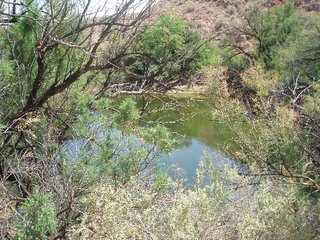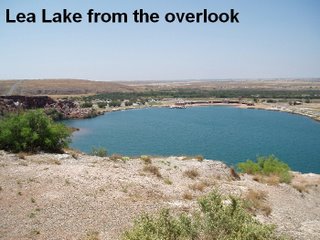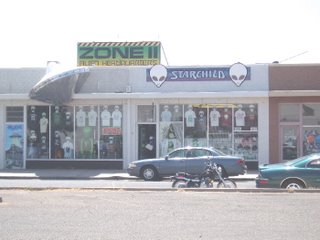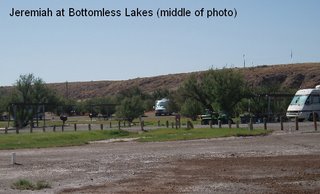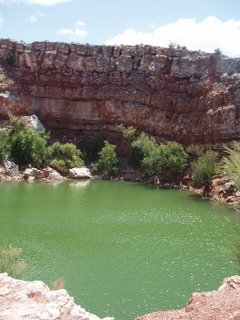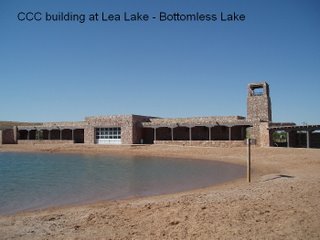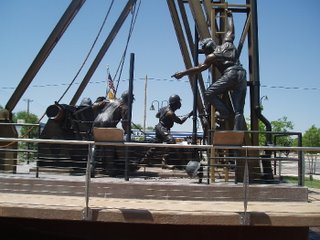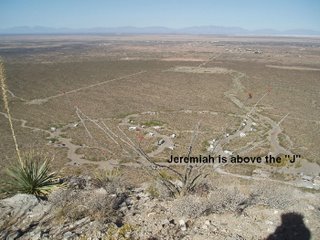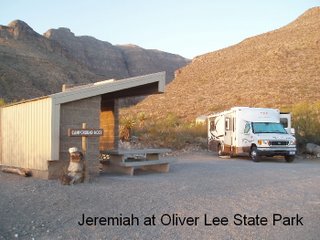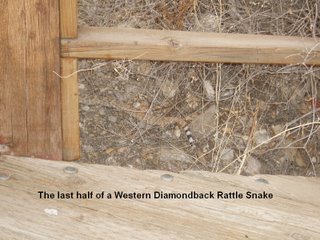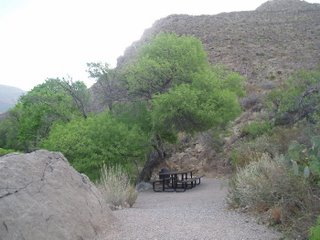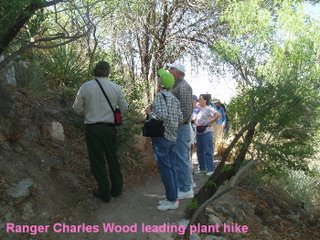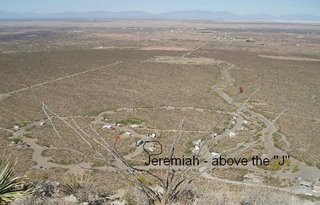Adventurous hike leads to bison bones



Today was hiking day. In the morning Larry, Penny and I hiked the state park’s “skidmarks” mountain bike/hiking trail that follows the contour of the land, dipping through hills and winding alongside bluffs. The 3-plus mile trail was interesting: the wildflowers were just getting started for their season, a rabbit warily watched us pass by, and rock bridges and wooden bridges spanned gullies. It was a gorgeous, sunny morning.
Back at camp for a break, Penny made preparations to continue on her journey, Paul and Betsy worked on their air conditioner that had stopped working, and Larry and I set out to walk to seven of the eight lakes – another 3+ miles – with a stop at the visitors’ center for information on other hiking areas.

Not content with just two outings, Paul, Betsy, Larry and I set out to find some ancient bison bones that the ranger told us about. Ranger Stefan said in the years around 200 to 250 AD the Jumani (sp?) Indians lived in this area. They hunted bison, stampeding them toward and into the canyon where the animals died, allowing the Indians to use primitive tools to get the hides, meat, and other useful parts.
Up until 2002, the archeological area was a well-kept secret. However, after an article in the Roswell newspaper told about this site, it became a popular place for artifact hunters and the curious. Many of the accessible bones were taken.
After walking from the campsite to a nearby canyon and then climbing over a fence onto BLM land (Bureau of Land Management), we started the hunt. It was quite a hike – on the canyon rims, up and down canyon walls and through the canyon bottom, beating the bushes and hoping to avoid any rattlesnakes. We found numerous bones lodged in the canyon walls. The discovery was sweeter because of the effort and challenges it took.
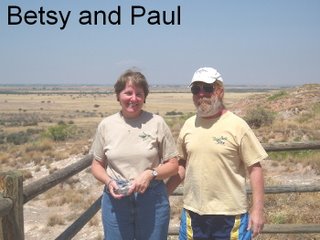
Thanks to the intrepid Larry Flinn – never known to turn down a hiking opportunity – we had an enjoyable and safe hike. Back at the campsite, Paul commented that never would have climbed the fence nor would he have tackled the canyon if Larry hadn’t been there.
The last activity of the day was heading into Roswell to a restaurant for a delicious steak dinner and dessert at Dairy Queen. It was a super day; and the evening was calm.
Larry retreated to his tent, and Cat and had her “lap time” while I did some reading. I finished my Clive Custler book.
The current issue of Real Simple magazine had an article about “really old” women. Here are some quotes from amazing American women, ages 100 to 106.
Don’t hold onto anger – you’ll just make yourself miserable.
There are still happy times ahead after loss.
Life is not a spectator sport.
Stay active and keep your mind sharp.
You are better off alone than with bad company.
If you worry about being old, you will be old.
